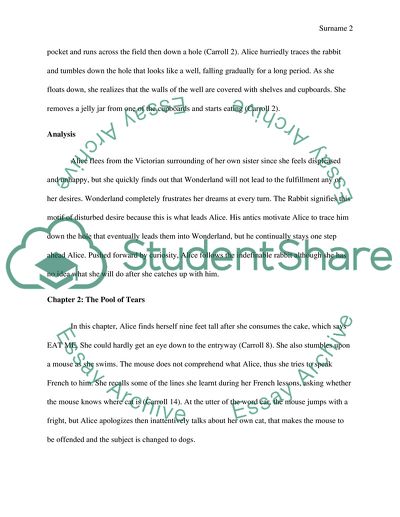Cite this document
(Analysis of Alices Adventures in Wonderland by Lewis Carroll Book Report/Review, n.d.)
Analysis of Alices Adventures in Wonderland by Lewis Carroll Book Report/Review. Retrieved from https://studentshare.org/literature/1658130-writers-choice
Analysis of Alices Adventures in Wonderland by Lewis Carroll Book Report/Review. Retrieved from https://studentshare.org/literature/1658130-writers-choice
(Analysis of Alices Adventures in Wonderland by Lewis Carroll Book Report/Review)
Analysis of Alices Adventures in Wonderland by Lewis Carroll Book Report/Review. https://studentshare.org/literature/1658130-writers-choice.
Analysis of Alices Adventures in Wonderland by Lewis Carroll Book Report/Review. https://studentshare.org/literature/1658130-writers-choice.
“Analysis of Alices Adventures in Wonderland by Lewis Carroll Book Report/Review”, n.d. https://studentshare.org/literature/1658130-writers-choice.


